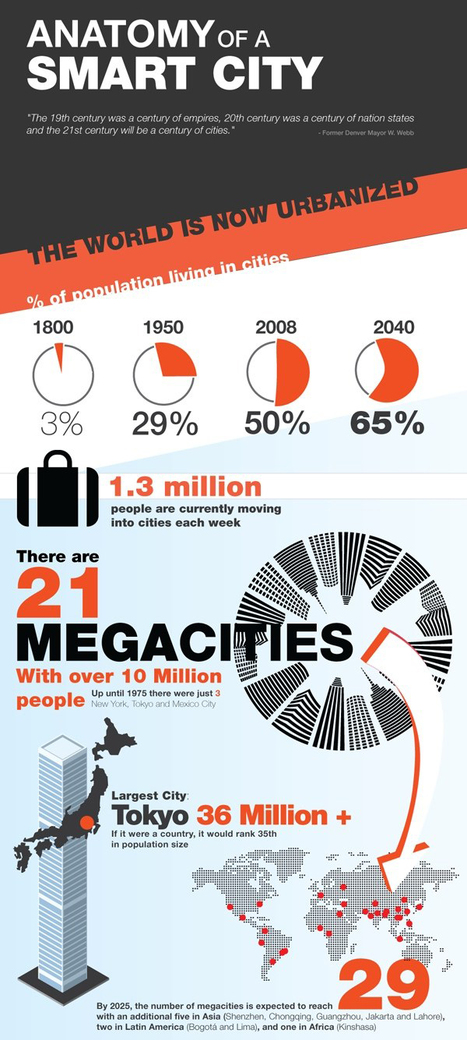"The death toll from a collapse at a landfill outside Ethiopia’s capital has risen sharply to 113, an Addis Ababa city official said Wednesday, as the country began three days of mourning for victims who were mostly women and children. Saturday’s collapse of a mountain of garbage buried makeshift mud-and-stick homes inside the Koshe landfill on the outskirts of the capital."

|
Scooped by Yves Carmeille "Libre passeur" |



 Your new post is loading...
Your new post is loading...












